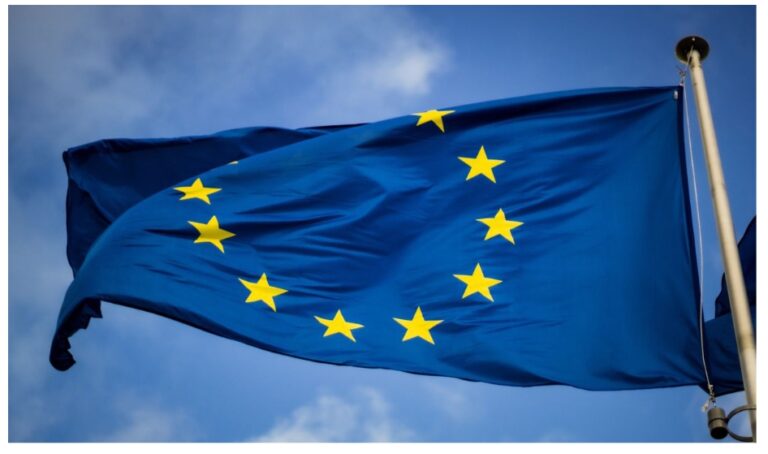By: Langdon Dement, Global EHS Advisor, Evotix
To reinforce the European Green Deal’s commitments, the European Commission on July 31, 2023, endorsed the European Sustainability Reporting Standards (ESRS). These standards specify the sustainability data European companies must disclose under the Corporate Sustainability Reporting Directive (CSRD), providing a transparent roadmap on reporting techniques
The endorsement of the ESRS under the CSRD is a significant stride in Europe’s journey toward sustainable corporate governance. This latest development not only aligns with the objectives of the European Green Deal but serves as a testament to the evolution of Environmental, Social and Governance (ESG) reporting standards in Europe. Let’s take a step back to understand how transparency and sustainability have become integral to corporate reporting in Europe.
A Brief History of European ESG Reporting
- 2014: The European Commission introduced Directive 2014/95/EU, the Non-Financial Reporting Directive (NFRD). It mandated eligible companies to report on environmental, social and governance (ESG) elements like employee treatment, board diversity, environmental preservation and social responsibility.
- 2019: The European Commission supported Europe’s Green Deal, underscoring the importance of identifying companies that support environmental, social and governance (ESG) criteria. Considering this, the Commission planned a review of the Non-Financial Reporting Directive (NFRD) to establish a universal framework for measuring ESG accomplishments.
- 2020: The European Union (EU) combated greenwashing with the EU Taxonomy Regulation, a sophisticated, science-driven system to classify eco-friendly activities.
- 2022: The Corporate Sustainability Reporting Directive (CSRD) succeeded the NFRD. It demanded extensive reporting, expanding its reach to encompass more companies. The European Financial Reporting Advisory Group (EFRAG) defined the reporting criteria, aligning with global norms like the Task Force on Climate-related Financial Disclosures (TCFD), Taskforce on Nature-related Financial Disclosures (TNFD), Global Reporting Initiative (GRI) and the U.N.’s Sustainable Development Goals.
- 2023: After public consultations and The European Financial Reporting Advisory Group’s (EFRAG) recommendations, the European Commission launched the ESRS, providing disclosure protocols for companies under the CSRD.
ESRS’s Reach and Impact
The ESRS framework, a cornerstone of the CSRD, extends beyond mere compliance; it fully integrates sustainable practices into every aspect of corporate strategy. It will also impact different sectors, reinforcing the EU’s commitment to an inclusive and sustainable economy.
Whereas the NFRD applied to approximately 12,000 businesses, the CSRD expanded to include nearly 50,000 companies, accounting for 75% of corporate business within the European Economic Area (EEA). In 2024, the CSRD will apply to large EU public interest entities with more than 500 employees. However, the directive will expand to EU companies of all sizes that meet specific financial thresholds. By 2029, it will also apply to non-EU businesses with branches or subsidiaries in the EU, provided they generate more than 150 million euros in net turnover.
Key ESRS Provisions
The ESRS ensures stakeholders understand a company’s ESG-related impacts, risks and opportunities. This includes potential adverse and favorable effects on society and the environment and any risks and prospects linked to sustainability.
The ESRS mandates:
- Social (S1-S4): Standards regarding employees, value chain workers, affected communities and consumers.
- ESRS 1: Addresses the mandatory concepts and principles companies must follow when preparing sustainability statements under the CSRD.
- ESRS 2: Covers disclosures on a company’s general business, compliance and governance strategy. It also covers ESG impacts, compliance, governance strategy and double materiality.
- Environment E1-E5: Focuses on environmental disclosures such as climate change, pollution, water resources, biodiversity, ecosystems and circular economy practices.
- Social S1-S4: Refers to social standards on employees, value chain workers, affected communities and consumers.
- Governance G1: Disclosures related to the ethics in corporate operations and practices.
Navigating Forward
Starting in 2025, EU-based public-interest firms with more than 500 employees and a financial threshold of a 20 million euros balance sheet or 40 million euros net turnover will begin reporting under the CSRD, using 2024 data. Many of these companies have standards compatible with the ESRS, which integrates disclosure prerequisites from standards like GRI, TCFD, TNFD and the International Organization for Standardization (ISO) 26000, which helps organizations assess social responsibilities that are relevant to their mission and vision.
While the ESRS seems daunting, businesses with a structured environmental, health, safety and sustainability process can use their expertise to meet ESRS stipulations more proficiently. Critical steps for preparation include understanding ESRS requirements, aligning stakeholders, formulating sustainability strategies, updating risk and action plans and establishing governance protocols for the CSRD report production.
The ESRS establishes a comprehensive reporting framework, enhancing transparency, ensuring accountability and amplifying corporate sustainability endeavors. This stringent mechanism empowers stakeholders by granting deeper insights into a company’s performance across the ESG landscape.
To learn more about enhancing ESG efforts within your organization, visit 10 Steps To Get Your ESG Program Started.


